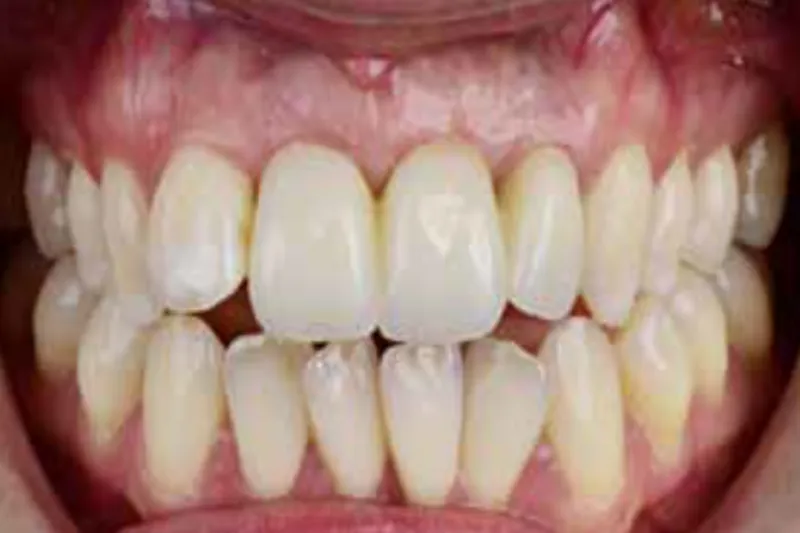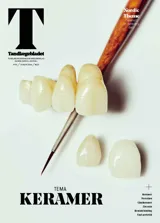Two decades of zirconia as a dental biomaterial – what have we learned?
Syftet med denna artikel är att belysa materialegenskaperna hos olika zirkoniumoxidmaterial samt de kliniska indikationerna.

TVÅ DECENNIER AV ZIRKONIA SOM DENTAL BIOMATERAL - VAD HAR VI LÄRT OSS?
Yttriumoxid-stabiliserad tetragonal zirkoniumdioxidpolykristall (kallad yttrium-stabiliserad zirkoniumoxid, Y-TZP eller kort zirkonia) är ett höghållfast keramiskt material med exceptionellt god biokompatibilitet. Dessa egenskaper gör det till ett utmärkt material för användning i munhålan. Zirconia introducerades först som ett kärnmaterial (första generationen) för tandburna enstaka kronor och broar (FDPs). Den kliniska överlevnadsfrekvensen för dessa konstruktioner är hög och det enda tillkortakommandet har varit en högre andel små ytliga frakturer i ytporslinet, så kallade chip-off-frakturer, jämfört med andra material. Detta har lett till utvecklingen av modifierade metoder för porslinspåbränning på zirkonia samt av nya, mer translucenta zirkoniumoxidmaterial för användning som monolitiska ersättningar utan ytporslin alternativt av monolitiska kronor med ”cut-back” där endast de buccala obelastade ytorna är försedda med ytporslin. Syftet med denna artikel är att belysa materialegenskaperna hos olika zirkoniumoxidmaterial samt de kliniska indikationerna.
Clinical relevance:
First-generation zirconias are today materials that can be used with great confidence for many clinical situations. Recently developed translucent and high-translucent zirconia materials are promising, but long-term follow-up studies are still lacking and the gain in aesthetic properties could be offset by the loss in mechanical properties. The choice of material should be made with great care, using only materials that are well known to the clinician.
Yttrium oxide stabilized tetragonal zirconium-dioxide polycrystal (referred to as yttria-stabilized zirconia, Y-TZP or briefly zirconia) is a durable dental ceramic material that has exceptional biocompatibility. These properties make it an excellent material for use in the oral cavity. Zirconia was first introduced as a framework material (first generation) for tooth-supported single crowns and fixed dental prostheses (FDPs). The survival rates of these constructions are high, and the only draw back has been the exposition to superficial porcelain chipping, so called chip-off fractures. This was leading to learning curve in veneering techniques as well as development of new more translucent zirconia materials that can be used as monolithic structures without veneering porcelain or cut-back structures where only the labial facades are veneered. The purpose of this article is to describe the material properties of different zirconia materials as well as some clinical indications.


